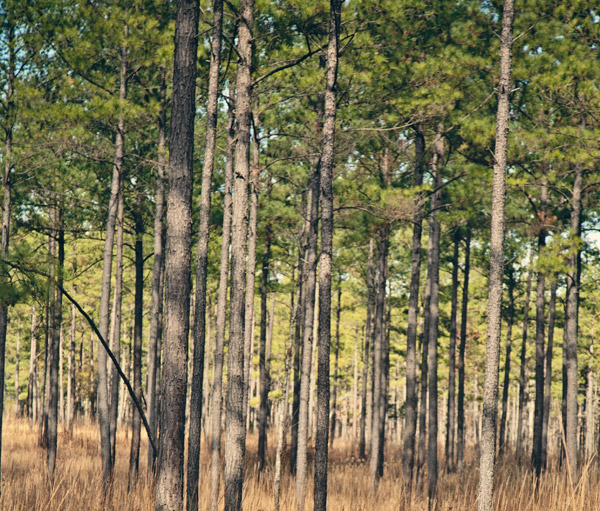 As a forestry consulting firm, KRM begins all forest and land management activities by understanding the specific objectives and goals of the landowner(s). Management objectives and goals include long-term intensive management on high-yield pine plantations, wildlife habitat improvement, marketing of a one-time timber harvest, outdoor recreation, along with many others. For over twenty-eight years, KRM has worked hard to aid landowners in meeting their objectives and goals.
As a forestry consulting firm, KRM begins all forest and land management activities by understanding the specific objectives and goals of the landowner(s). Management objectives and goals include long-term intensive management on high-yield pine plantations, wildlife habitat improvement, marketing of a one-time timber harvest, outdoor recreation, along with many others. For over twenty-eight years, KRM has worked hard to aid landowners in meeting their objectives and goals.
All of the forest and land management practices implemented by KRM are in compliance with the respected state and federal Best Management Practices (BMP’s) guidelines.
Forest Management Plans
All forest management plans are designed to meet the specific objectives and goals of the landowner(s), while at the same time meeting cash flow requirements, possible expense limitations, and working with the conditions present on the property. Prior to preparing a forest management plan, a KRM forester will first meet with the landowner to discuss objectives and goals as well as learn the following information:
- Type of property ownership (private, limited partnership, LLC, etc.)
- Short term and/or long term time horizons
- Purpose of ownership
- Other management considerations (wildlife, aesthetics, outdoor recreation)
Upon meeting with the landowner(s), it is then necessary to make an assessment of the current condition of the property. During this assessment, our foresters will collect inventory data pertaining to species composition, origin of timber stands (whether natural or planted), acreage of individual timber stands, site quality, and stocking and volume estimates.
Depending on the level of management desired, the inventory data collected can be used to produce the following information:
- Timber value estimates
- Harvest schedules and cash flow estimates
- Intensive forest management options
- Reforestation potential
- Wildlife management potential
- Disposition options
The maintenance of a forest management plan is also an important part of the ongoing management process. Forest maintenance can involve:
- Boundary line designation
- Establishment of a controlled burning program
- Management of hunting lease(s)
- Access maintenance
- Implementation of a wildlife management plan
- Establishment of an herbicide program